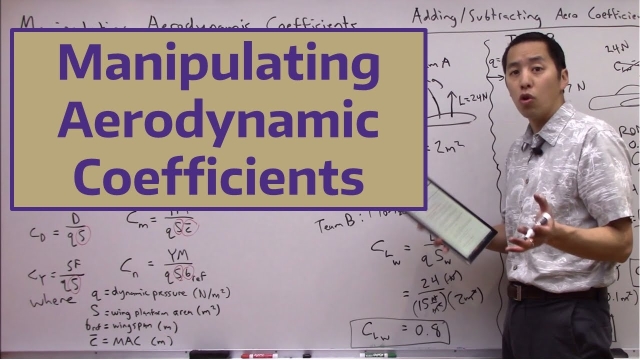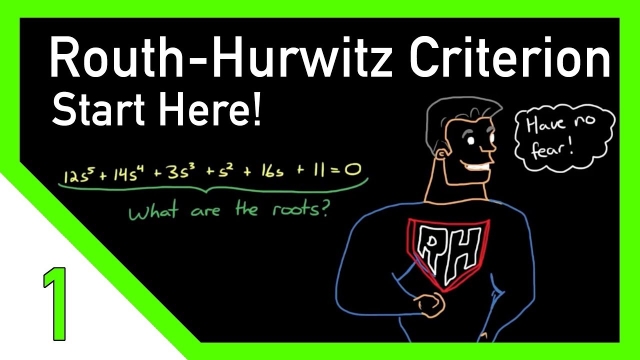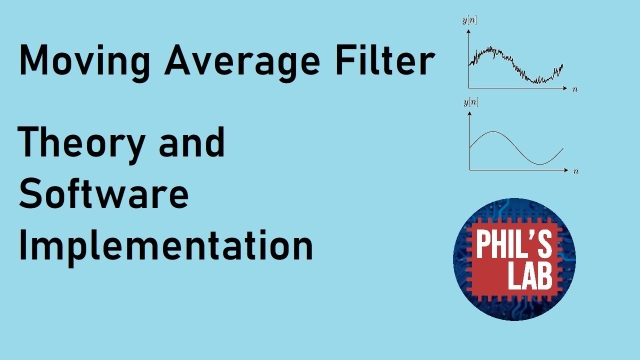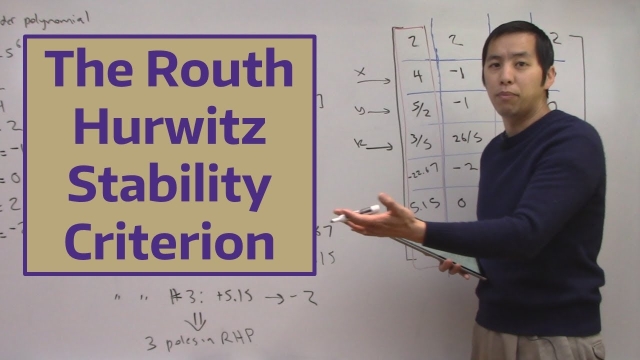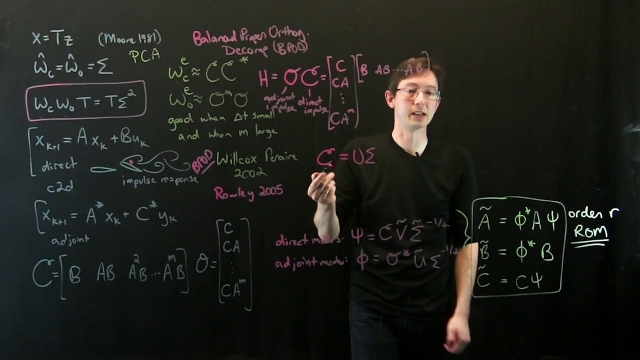
Peter Ponders PID - Feed Forward Theory and Calculations
Laplace domain – tutorial 2: Region of Convergence (ROC)
In this video, we learn five golden rules on how to quickly find the Region of Convergence (ROC) of Laplace transform. Learn Signal Processing 101 in 31 lect...
See MoreDenoising Data with FFT [Python]
This video describes how to clean data with the Fast Fourier Transform (FFT) in Python.
See MoreTime domain - tutorial 11: system properties from impulse response
In this video, we learn how to find system properties from the impulse response. Specifically, memoryless, causal, stable and invertible systems will be ful...
See MoreFourier Series and Gibbs Phenomena [Python]
This video will describe how to compute the Fourier Series in Python and Gibbs Phenomena that appear for discontinuous functions.
See MoreControl Bootcamp: Three Equivalent Representations of Linear Systems
This video explores three equivalent representations of linear systems: State-space ODEs, Frequency domain transfer functions, and Time-domain impulse response convolution.
See MoreBode Stability Criterion in Frequency Response Analysis Intro
The Bode stability criterion allows us to quickly determine the stability and relative stability of a transfer function. It uses a graphical method that can ...
See MoreTime domain - tutorial 2: signal representation
In this video, we review how to represent information as a signal. The information can be anything such as voice (1D) or an image (2D) or even a video (3D). ...
See MoreMachine Learning Goals
This lecture discusses the high-level goals of machine learning, and what we want out of our models. Goals include speed and accuracy, along with interpretability, generalizability...
See MoreFeedforward Control Intro
If we know how a disturbance will affect an output, we can proactively change our manipulated variable to counteract it.
See MoreStanford CS234: Reinforcement Learning | Winter 2019 | Lecture 12 - Fast Rei...
Professor Emma Brunskill
Assistant Professor, Computer Science
Stanford AI for Human Impact Lab
Stanford Artificial Intelligence Lab
Statistical Machine Learning Group
Control Systems with MATLAB - Root Locus
Direct Synthesis for PID Design Intro
Direct Synthesis for PID Design Intro
See MoreControl Systems with MATLAB - Modelling
Introduction to Ordinary Differential Equations
In this video we introduce the concept of ordinary differential equations (ODEs). We give examples of how these appear in science and engineering as well as...
See MoreIntroduction to System Stability and Control
This video attempts to provide an intuitive understanding of concepts like stability and stability margin. I briefly describe both of these topics with examples and explain how you can...
See MoreThe Laplace Transform - A Graphical Approach
A lot of books cover how to perform a Laplace Transform to solve differential equations. This video tries to show graphically what the Laplace Transform is doing and why figuring out the...
See MoreGaussian/Normal Distributions
In this video we discuss the Gaussian (AKA Normal) probability distribution function. We show how it relates to the error function (erf) and discuss how to ...
See MoreControllability, Reachability, and Eigenvalue Placement [Control Bootcamp]
This lecture explains the equivalence of controllability, reachability, and the ability to arbitrarily place eigenvalues of the closed loop system.
See MoreManipulating Aerodynamic Coefficients
In this video we discuss some potential problems you may encounter when attempting to perform operations with dimensionless aerodynamic coefficients such as CL and CD.
See MoreRouth-Hurwitz Criterion, An Introduction
This video gives an introduction into the Routh-Hurwitz Criterion and the Routh Array. I also present a little background information in order to emphasize why the method was developed and...
See MoreMoving Average Filter - Theory and Software Implementation
Moving average filter theory (time domain, frequency domain, Z-transform, FIR, etc..) and software implementation on a real-time embedded system using an STM32 microcontroller and a...
See MoreThe Routh-Hurwitz Stability Criterion
In this video we explore the Routh Hurwitz Stability Criterion and investigate how it can be applied to control systems engineering. The Routh Hurwitz Stabi...
See MoreData-Driven Control: BPOD and Output Projection
In this lecture, we introduce the output projection for balancing proper orthogonal decomposition (BPOD), to reduce the number of adjoint simulations required when the number of measurements...
See MoreApollo's Flight Computer: Epitome of Engineering
The Apollo missions' success can be vastly accredited to the success of building a robust, one-of-a-kind flight computer for its guidance, navigation and control. Follow this video to...
See More
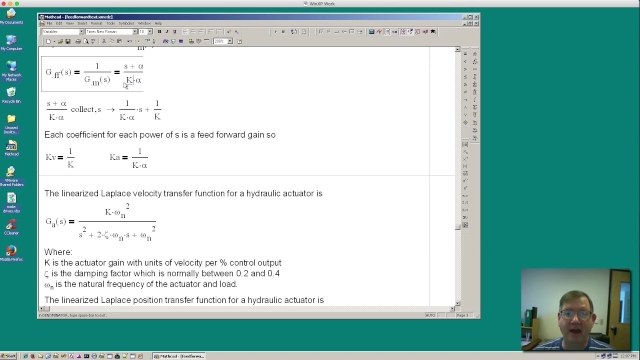
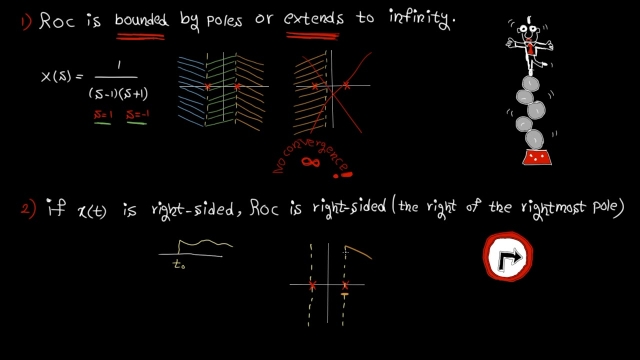
![Denoising Data with FFT [Python] Denoising Data with FFT [Python]](/sites/default/files/styles/search_resulkts/public/2020-12/maxresdefault_359.jpg?itok=UEtxZc00)
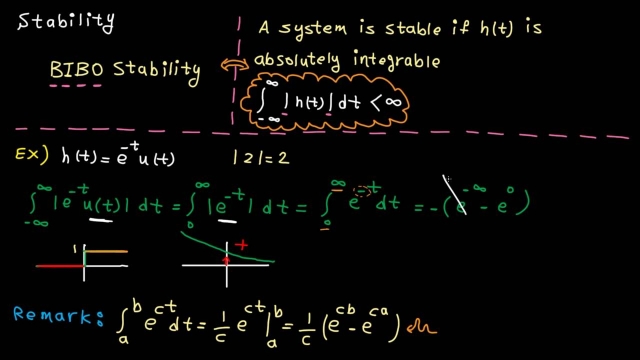
![Fourier Series and Gibbs Phenomena [Python] Fourier Series and Gibbs Phenomena [Python]](/sites/default/files/styles/search_resulkts/public/2020-12/maxresdefault_364.jpg?itok=-v1tvO0q)
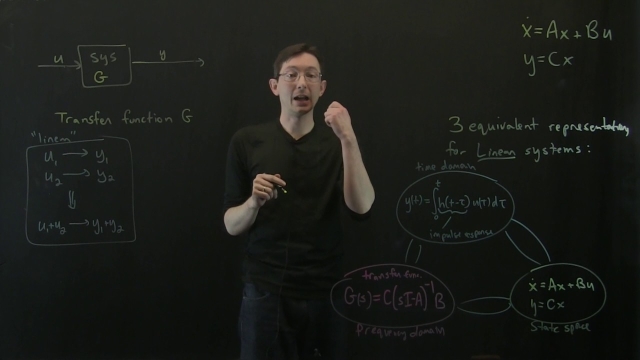
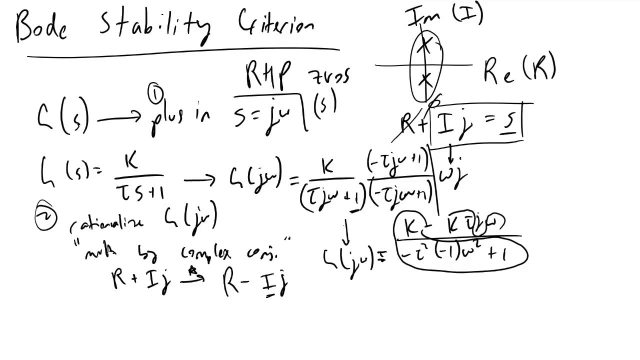
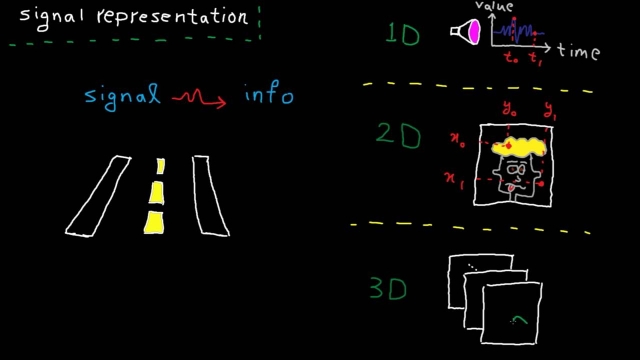
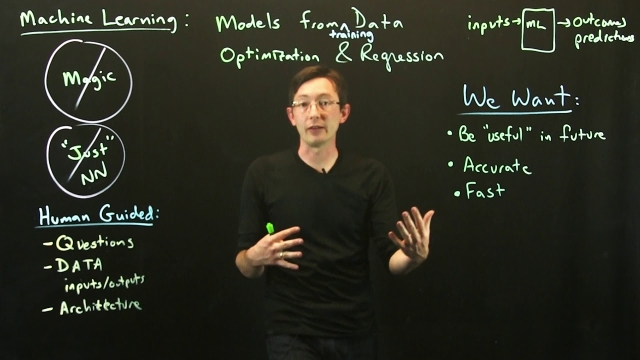
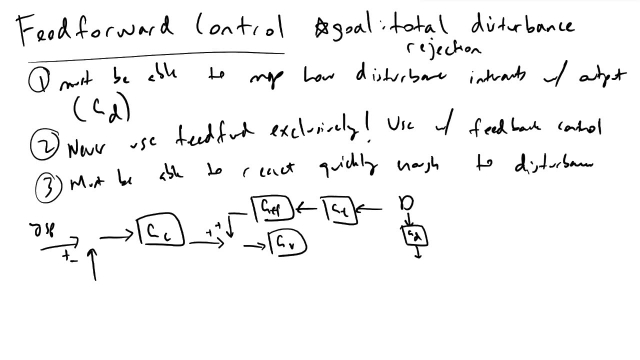
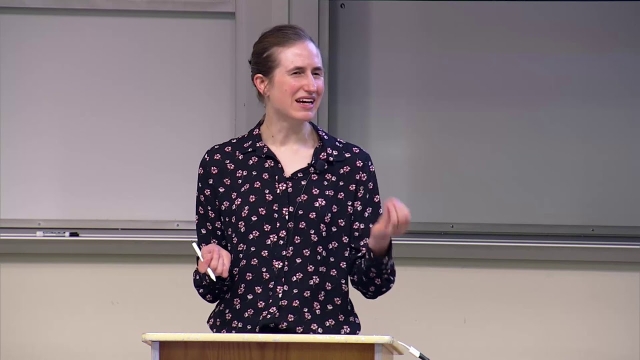
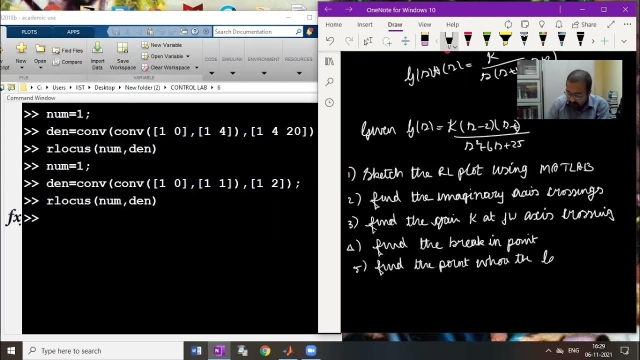
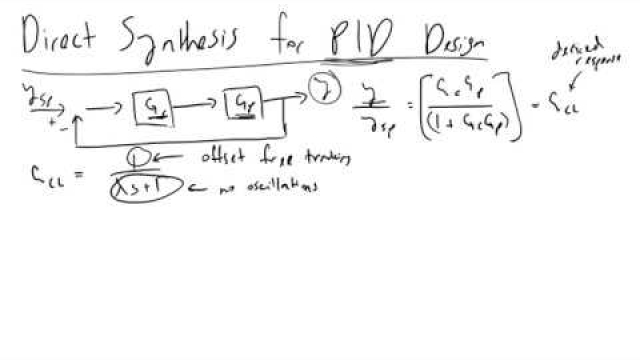
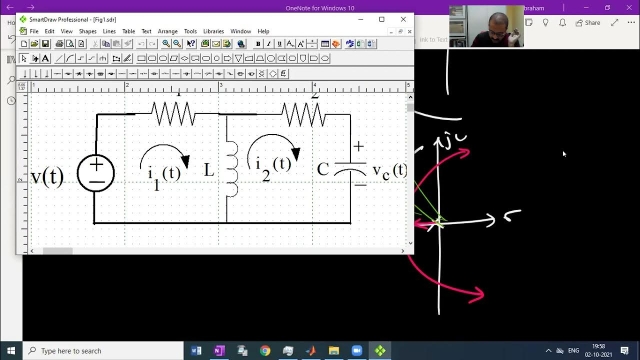
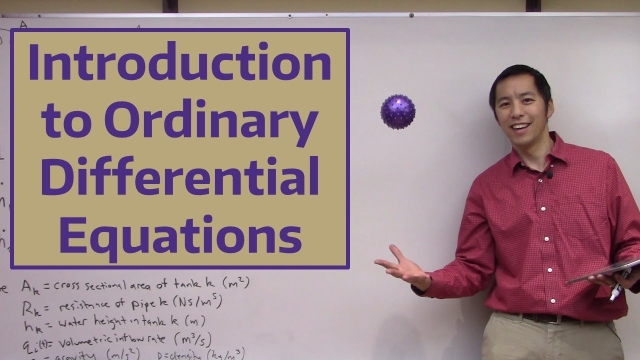
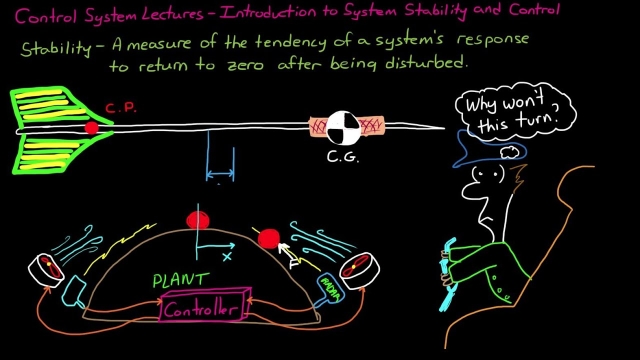
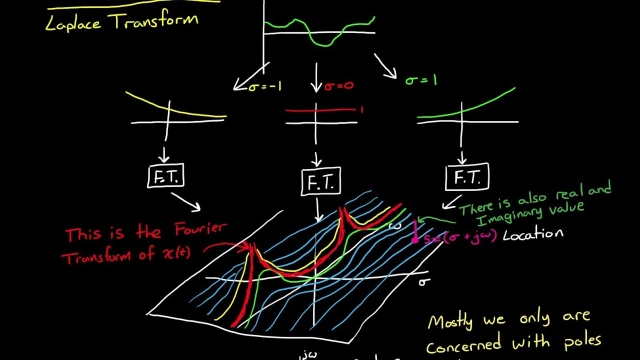
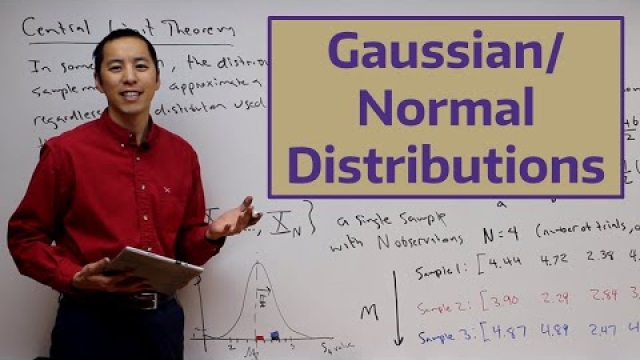
![Controllability, Reachability, and Eigenvalue Placement [Control Bootcamp]](/sites/default/files/styles/search_resulkts/public/2020-12/maxresdefault_304.jpg?itok=qj48C5IZ)
